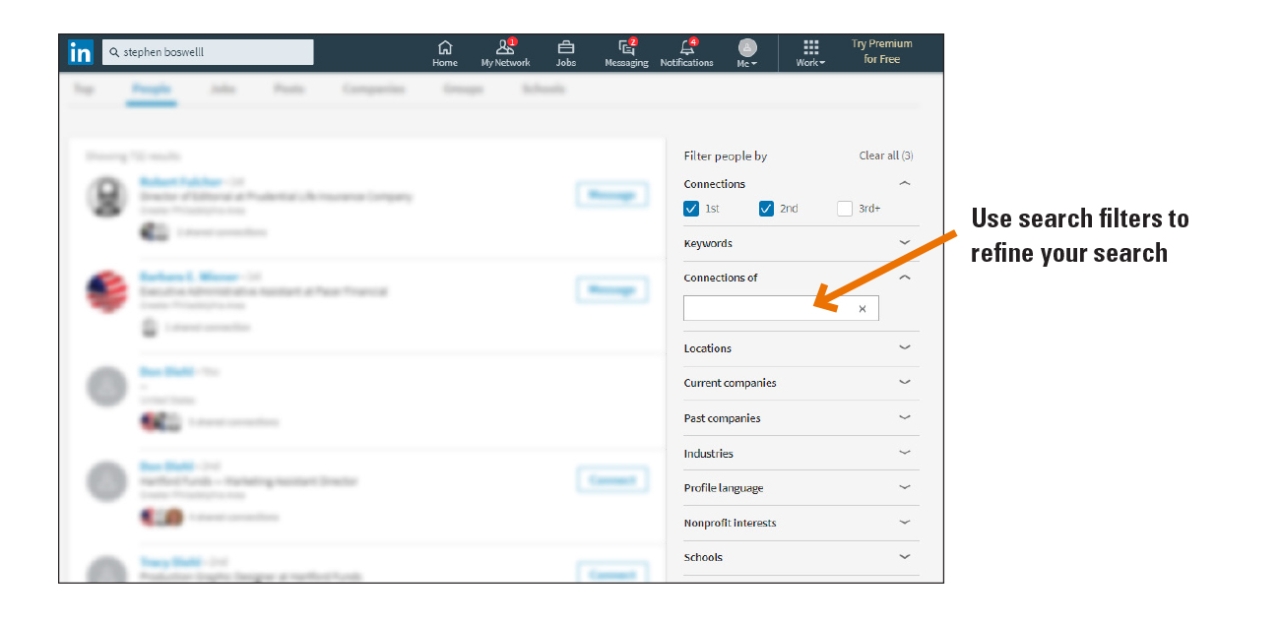An Overlooked LinkedIn Prospecting Strategy: Cold-Messaging
Survey Question: Over the past 12 months, have you run any cold-messaging campaigns on LinkedIn?

While only 10% of financial professionals run cold-messaging campaigns, more will likely start using LinkedIn cold-messaging as they become aware of the opportunity.
Source: Oechsli, 2019. Most recent data available.
Reaching out to your LinkedIn connections and requesting introductions to their contacts can be a really effective way to network. It’s like getting a friendly boost because when someone you know introduces you, they’re essentially giving you a stamp of approval.
But there may be times when you want to prospect people on LinkedIn, but you don’t have any mutual connections. In this scenario, cold-messaging on LinkedIn can be effective. We call it cold-messaging, because you’re reaching out to a prospect you don’t know. For example, let’s say you were trying to prospect dentists in your area, but none of your LinkedIn connections are connected to those dentists. Fortunately, with LinkedIn, there are ways to contact them directly.
Cold-Messaging Is A Numbers Game
You’ll need to send hundreds of messages each month to arrive at a handful of prospects who will take you up on a conversation. Also, these direct messages must be designed to strike up a conversation. Think of “conversations” as the new “lead.”
According to our 2019 Oechsli research, only 10% of financial professionals ran cold-messaging campaigns on LinkedIn. Most financial professionals either don’t know how, or they dread the thought of prospecting people they don’t know. In this article, we’ll reduce the dread factor by giving you methods to find ideal prospects and turn them into clients. We expect more financial professionals to start using cold messaging as they become aware of the opportunity and see other financial professionals having success with this strategy.
In addition, our research on affluent investors demonstrates a strong receptiveness to this approach. As the table below shows, a large percentage of affluent investors report they’re willing to respond to a LinkedIn message from a financial professional.






